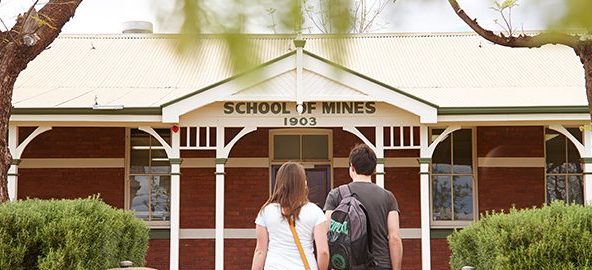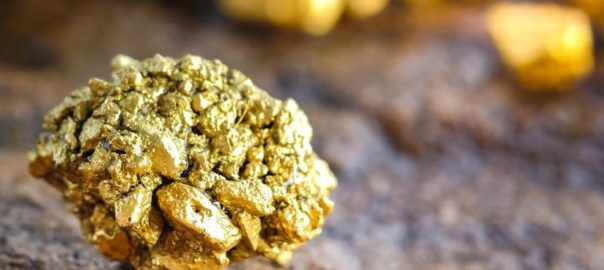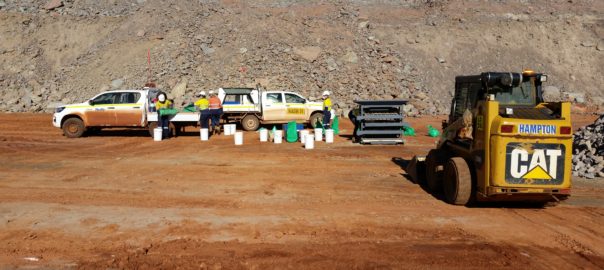The Kalgoorlie-Boulder Mining Innovation Hub, an initiative of the Cooperative Research Centre for Optimising Resource Extraction (CRC ORE), has, this week, transitioned to be part of Curtin University’s Western Australian School of Mines (WASM).
The Kalgoorlie-Boulder Mining Innovation Hub has been operating out of the Chamber of Mines and Energy (CME) office in Kalgoorlie, Western Australia, since 2018. It was established in the renowned Goldfields mining community thanks to a partnership between CRC ORE, Curtin University, the Minerals Research Institute of Western Australia, the City of Kalgoorlie-Boulder and CME.
CRC ORE Chief Operating Officer, Dr Luke Keeney, said he was pleased that the Kal Hub has become part of WASM and will continue this collaborative innovation.
“We are proud of what has been achieved through the Kal Hub since its inception and look forward to seeing great things under its new stewardship,” Dr Keeney said. “It is an optimal outcome that Curtin University, one of our valued Research Participants and key partner in the hub to date, is ensuring the future of the Kal Hub as a centre of mining innovation for Western Australia and beyond.”
Curtin University Kalgoorlie Campus Director, Sabina Shugg, said the Kal Hub is a welcome addition to the local campus.
“The Kalgoorlie-Boulder Mining Innovation Hub is growing in stature and already has strong ties to the University, WASM and the local community,” Shugg said. “It is fitting that the Kal Hub is now operated locally to focus on innovations and solutions for the local mining industry.”
Reflecting on the hub and its achievements while operating as a node of CRC ORE, Dr Keeney said the flagship Integrated Screening and Particle Sorting project was a standout.
“This collaborative study with Australian mining companies BHP, Norton Gold Fields and Saracen on the integration of screening and particle sorting techniques is delivering benefits across the resources sector,” Dr Keeney said. “Run through the hub, this study developed a robust and scientifically rigorous framework for collecting, testing and reporting results for integrated screening and particle sorting techniques in a variety of ore domains.”
Dr Keeney said the hub creates opportunities for innovation, collaboration, employment and education.
“We’re particularly proud of being able to engage students – mining’s future brightest minds, with the hub through the vacation student program,” he said.
As part of the transition, Kal Hub Technical Adviser, Dr Laurence Dyer, now works full time for Curtin University. He divides his time between hub projects and his existing role as Curtin’s Discipline Lead for Metallurgical Engineering.
“I’m looking forward to continuing to support collaborative innovation throughout the Goldfields region and beyond,” Dr Dyer said.
Curtin University is planning several new initiatives for the Kal Hub including scaling up an existing major water management project and new partnerships with leading mining technology providers.









